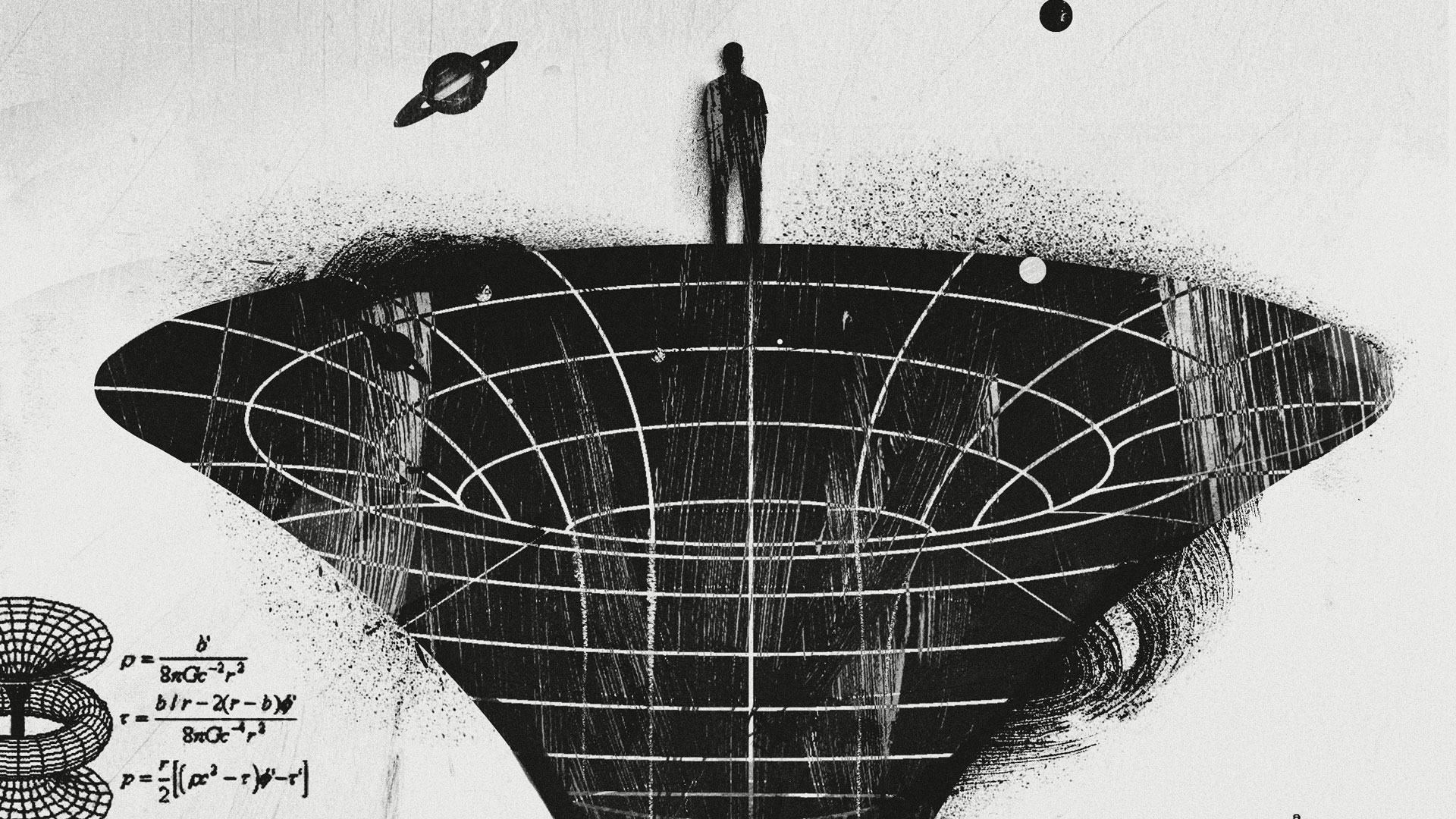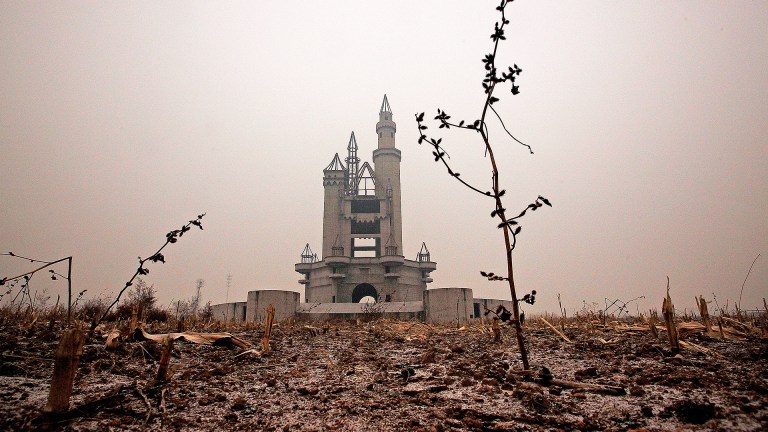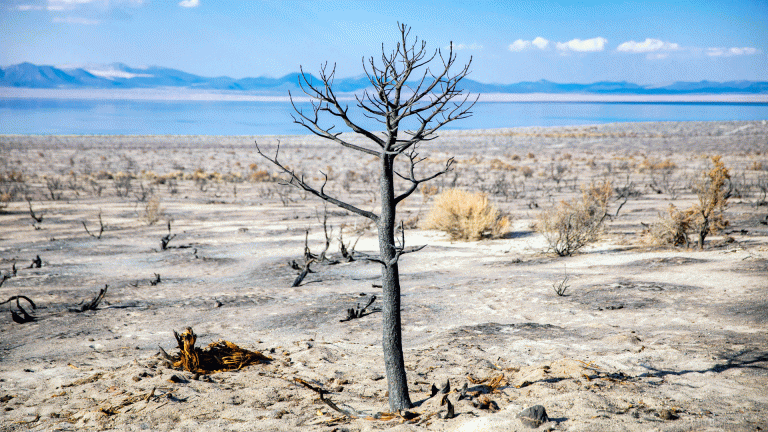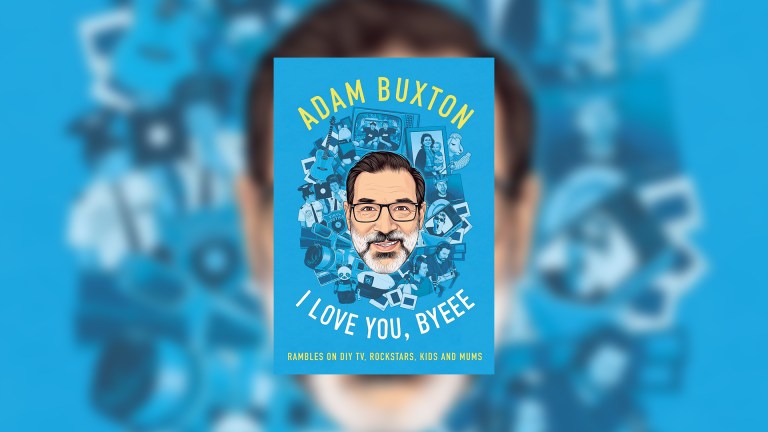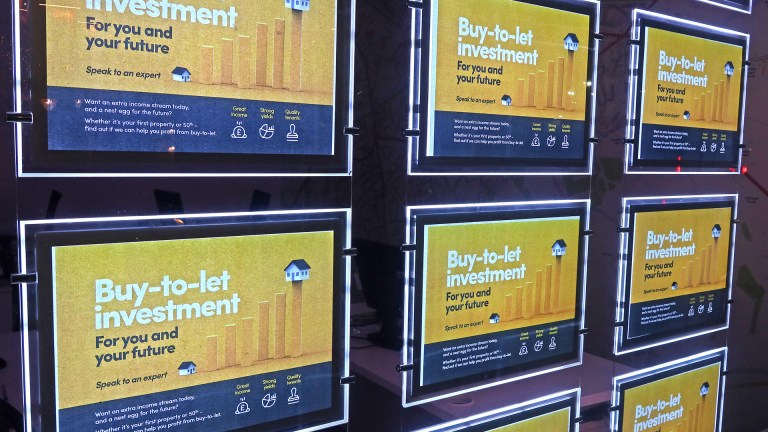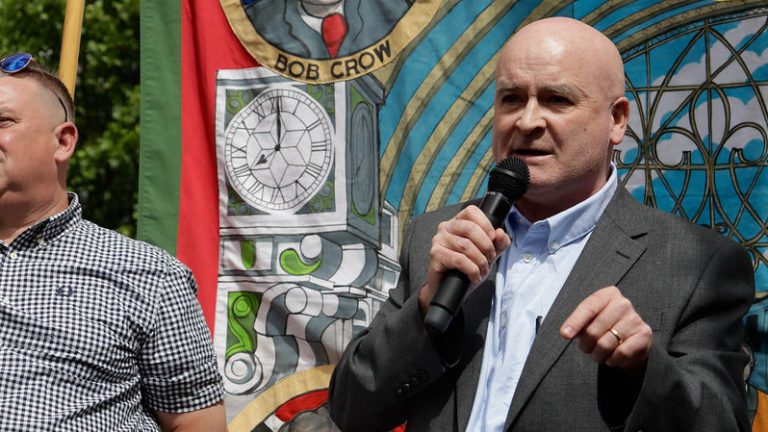A little over two years ago I had the privilege to present the first ever image of a supermassive black hole to the world on behalf of a global collaboration. It was an amazing experience that reminded me again how human science is and that some goals you can only achieve together.
We had taken this iconic picture using the entire world as one giant telescope. When we gave it back to the world, it embraced it much more than I had ever imagined: 4.5 billion people saw that one image and it was covered by newspapers and websites around the globe. Most astonishingly, however, when I stood at the football pitch the following weekend, watching my son play, all his teammates – certainly not all from academic backgrounds – had seen that image of a black hole too. Suddenly, I wasn’t the nameless “dad of” any more, but he became the “son of”… the black hole guy.
Black holes seem so utterly useless to society, so why do they capture people’s imagination? Why do we study them? All of the technology we use today goes back to some seemingly useless curiosity. When Einstein, Planck, Bohr and Heisenberg developed the foundations of space, time and quantum physics, they didn’t mean to develop the basic physics that enables GPS navigation systems, computers or DNA printers that can produce vaccines. They were just curious, and the same curiosity drives us today.
What we sometimes forget is science is not only about facts, it is driven by inspiration and it can inspire
Black holes have an extra twist though. They have become modern scientific myths. Next to their mathematical and physical beauty, they also represent our ultimate fear of death, destruction and eternal darkness. Now that we can image them, it feels like we are looking at the gates of hell from a safe distance.
Their edge is exotic to say the least. Time seems to come to a standstill and everything that goes inside never comes back – at least according to the theory of Einstein. What lies beyond black hole’s event horizon remains one of the big scientific questions of modern science, located at the crossroads of quantum physics and the theory of space and time. Some very fundamental discovery may still be waiting for us hidden in the shadow of black holes.
However, what lies beyond is also a deep-rooted human question. Whoever climbs a hill wants to stand on its top and see what lies beyond. This is why we study black holes, this is why we do science: we want to look further. This is also why humans are deeply spiritual beings. We long to look further than our eyes can see. It is this longing where science and religion have common roots. What we sometimes forget is science is not only about facts, it is driven by inspiration and it can inspire.
